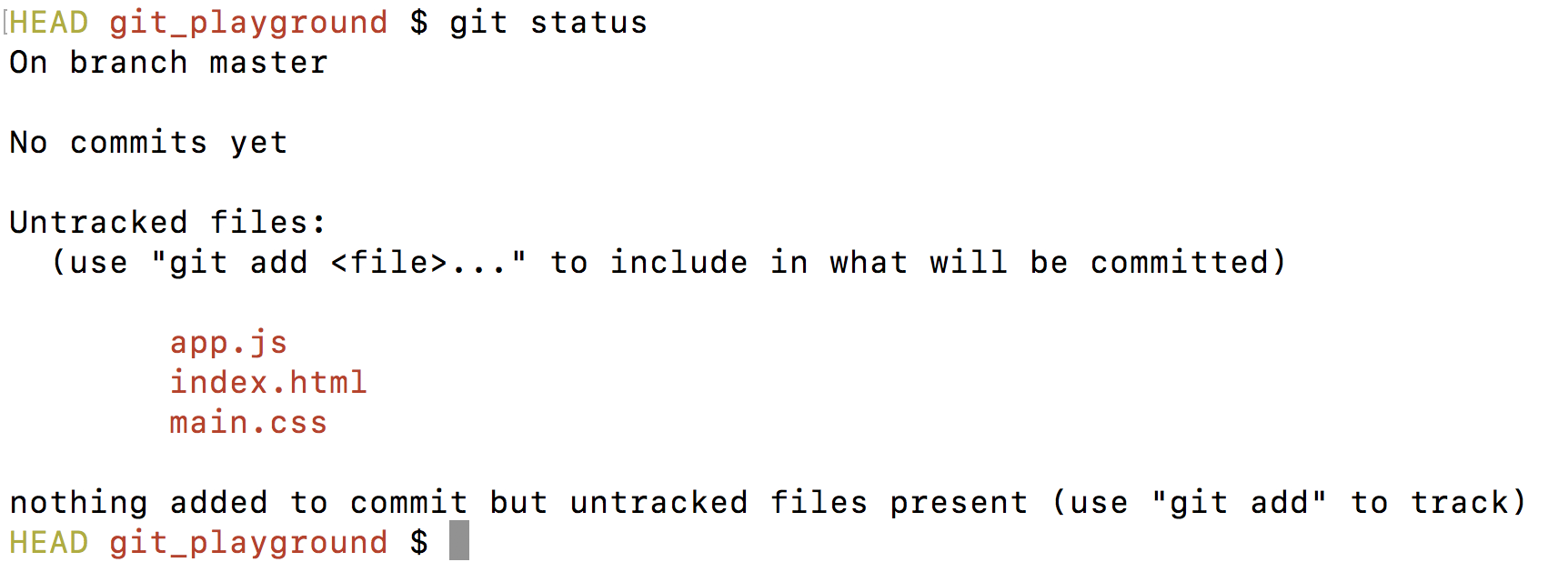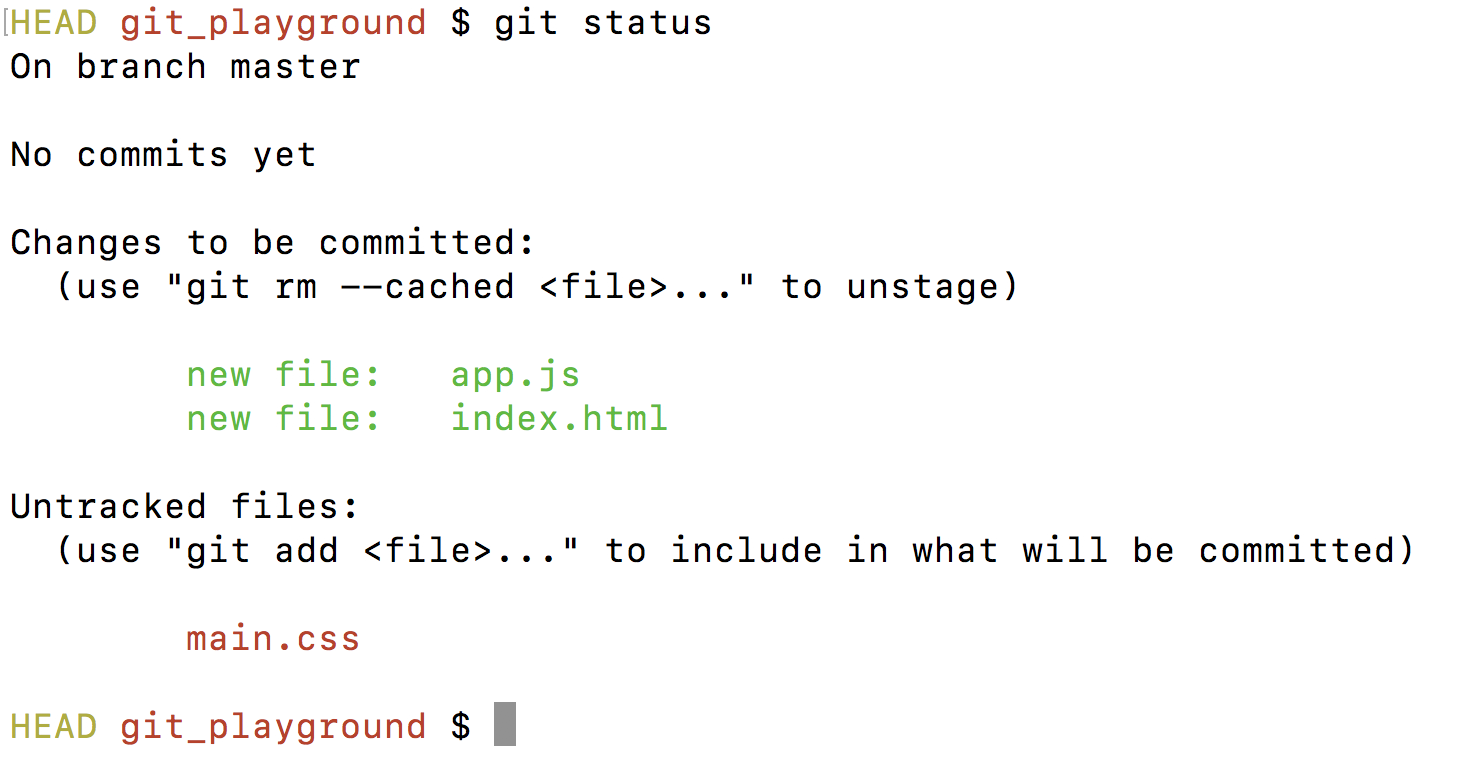Git Fundamentals

Abbreviations
*[VCS]: Version Control System
Introduction
In this subunit, we'll introduce you to git. Git is a command line argument, and the most popular form of version control in the world. It is the first of two tools you'll need to master to work effectively with a team. At the end of the subunit, you'll have a short exercise, so you can practice git to your heart's content.
When you're working in a professional setting, you won't be the only developer on your team (unless you're the first hire at a startup). One of the most important professional skills you can have as a software engineer is effectively collaborating with your teammates. This doesn't just mean knowing how to communicate, there are tools you'll need to master to manage a large codebase and work on it simultaneously with other developers. If you don't regularly put the code you're working on in a place where others can access it, then people won't be able to build on your improvements. If you don't regularly pull the code other people are working on, you won't be able to take advantage of the new features they're implementing or bugs they've fixed. But how will you be able to keep track of changes made across thousands of lines of code and hundreds of files?
Goals
Describe why Git is useful
Describe the workflow for using Git locally
Define what a VCS is
Initialize an empty git repository, and explain what the command
git initdoesRemove a git repository
What is Git
If you google "what is git” you will probably see the definition for "an unpleasant or contemptible person." Thankfully, Git is much better than that. According to the Git documentation:
"Git is a free and open source distributed version control system designed to handle everything from small to very large projects with speed and efficiency."
In plain English, Git is a tool that allows developers to track versions of their code over time.
It does this by creating "snapshots" of the current state of the code base whenever you tell it to.
Put simply, Git is essential when collaborating with other developers to ensure that previous "snapshots" of the code can be revisited if necessary.
This is helpful when revisiting breaking changes or undoing changes.
When you're learning about tools like Git, you’ll often see the acronym VCS. This stands for Version Control System
Git is a VCS because it lets you create different versions of your code and easily swap back and forth between different versions.
While Git is a hugely popular VCS, it’s not the only one. Subversion is another example.
Installing Git
Before we can get started with anything Git related, we need to make sure you have Git installed.
In your terminal, type in git —version; if you do not see an error, you are good to go.
If you are seeing any errors, you may need to install Git on your computer.
If you’re on Linux, try running sudo apt-get install git or
If you’re on Windows - download
Getting started with Git
Once you have Git installed, you need to “initialize” a repository with Git before you can start using it
run the command git init inside a folder to do this!
This creates a .git folder which is what allows you to start using git in that folder
Initializing a repository in the wrong place
If you accidentally initialize a repository in the wrong directory, you can just remove the .git folder using rm -rf .git.
You don’t want to make your Desktop or Home folder a git repository!
Local Workflow
Three areas
Working Directory
Staging Area (added, but not committed)
Repository (added and committed)
Git status
To see where our files are in the local workflow, we run the command
git statusUntracked files will be in red text
Tracked but uncommitted files will be in green text
After committing, our working directory will be clean and no longer show the committed files
Working Directory
The working directory holds files that we are working on but have not yet saved to git
As files are edited, git sees that they have been modified but their changes are not recorded
Let's imagine we just created a new repository
If we run the command
git status, it would look something like this

All files have been modified are shown in red text
These files are untracked until we move them to the staging area with the command
git add
Git add
Git add is used to save our modified files so that they will be included in the next commit
This allows us to choose what modified changes we want to save and which changes we want to ignore
The command
git addfollowed by the name of the file moves that file to the staging areaTo move all modified files to the staging area at once, we use
git add .
This is what git status would look like after adding ‘app.js’ and ‘index.html’

‘main.css’ will not be included in the next commit unless it is moved to staging
Staging Area
If we move a modified file to the staging area, we are preparing to commit the state of the file at that point
If we continue working on that file, we have to add again or the new changes won't be tracked
The staging area is where we save the state of the work we are preparing to include with the next commit
Files that are staged are shown in green text
Git commit
Once we are satisfied with the work of a file in our staging area, we commit it to the local repository
We need to include a commit message that summarizes the changes that were made in that commit
The message is connected to the commit with the
-mflaggit commit -m "summary of this commit"
A commit is still local until we push it to a remote repository (more on this later)
After making the commit will see a message similar to this

Committing Workflow
git status- What files have been added/modified?git diff- Among those files, what has been changed?git add NAME_OF_FILE- Add NAME_OF_FILE to staging areagit commit -m- Commit the file with a message!Optional:
git log- See a log of all your commits
git config Settings
If you take a look at git log, you may not see any information for the author and email.
Here’s how you change it:
If you also find it annoying to press q every time in git log, you can change this as well
Another config setting is showing color in the shell for git
These global configuration settings live in a file call .gitconfig which typically lives in your home directory. Try running cat ~/.gitconfig to see all your settings!
Best Practices
Atomic Commits—includes changes related to only one feature or task of your program
if something you change turns out to cause some problems, it is easy to revert the specific change without losing other changes
enables you to write better commit messages
leveraging those atomic commits to make your commit messages more useful